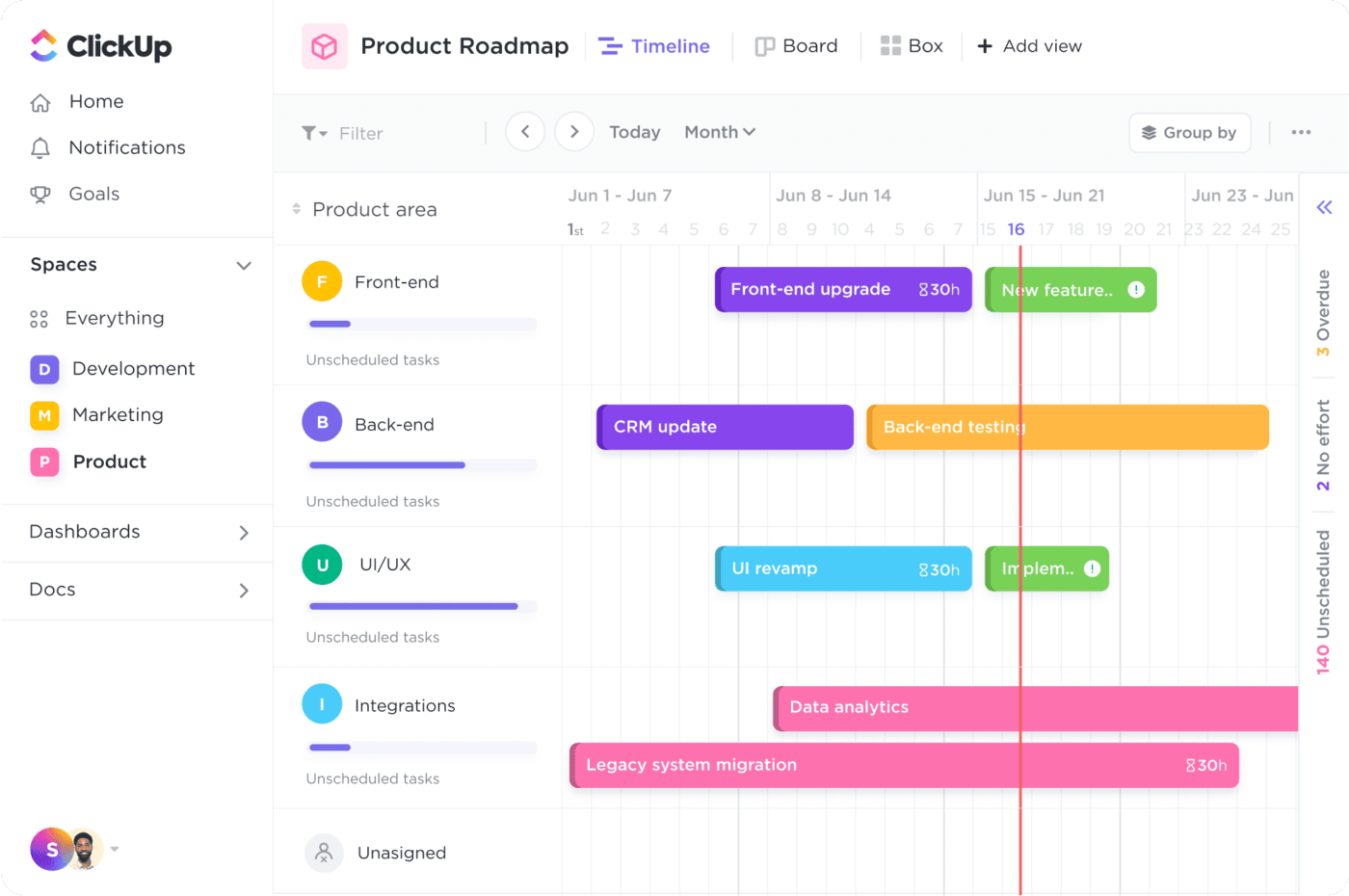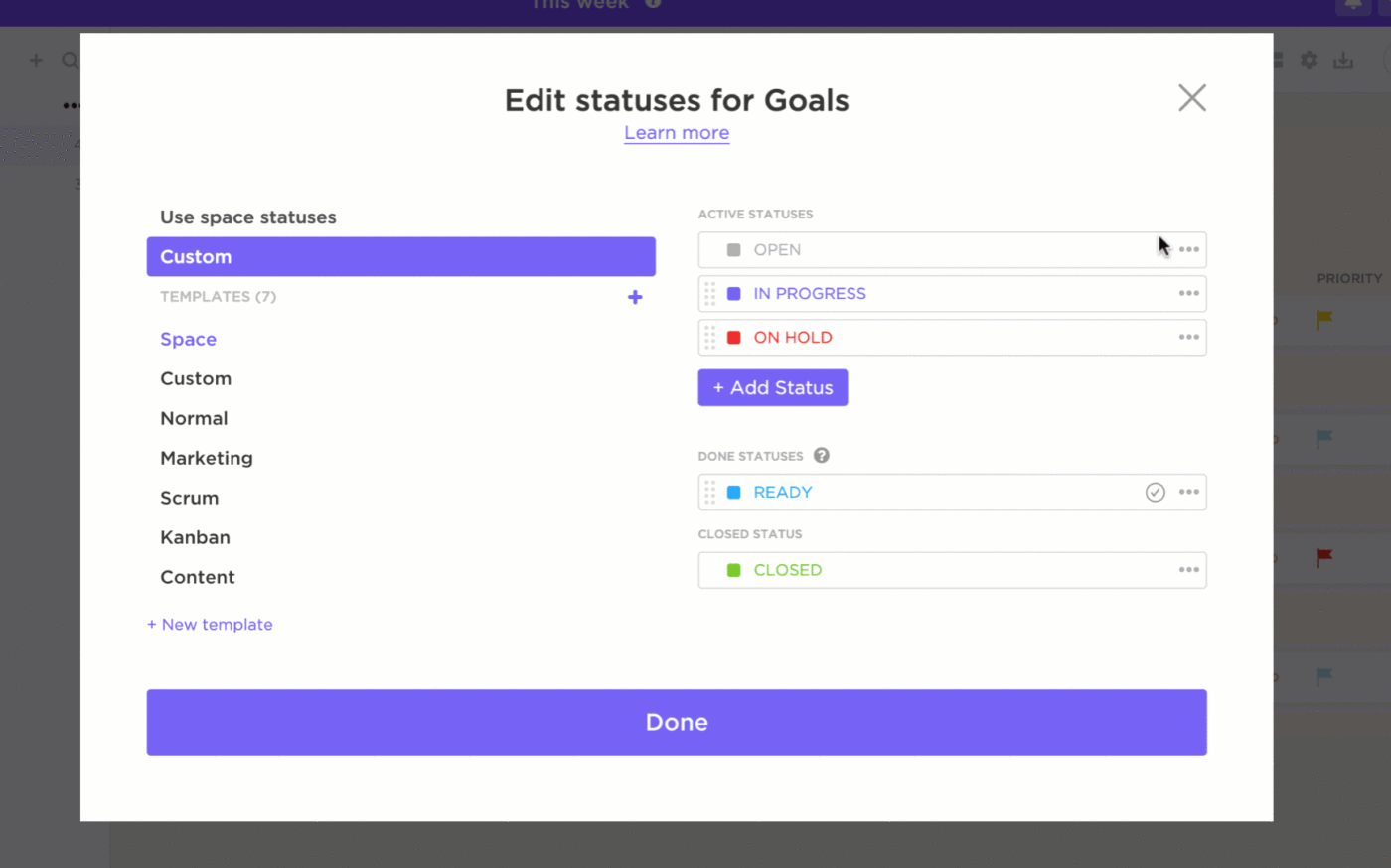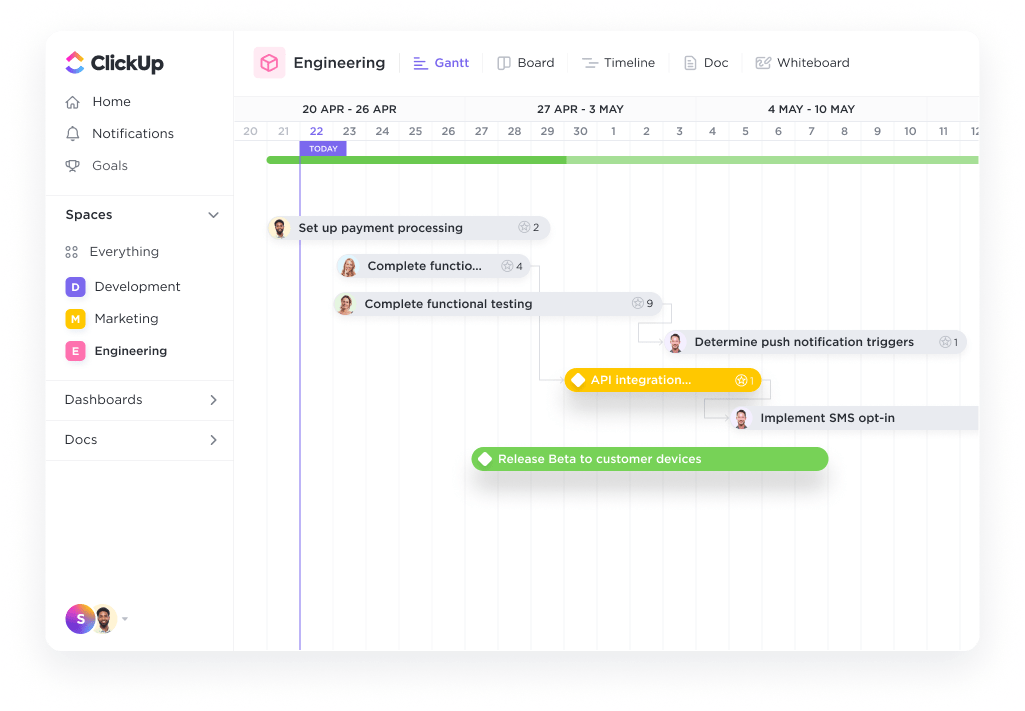Build an Optimized Agile Team Structure

Sorry, there were no results found for “”
Sorry, there were no results found for “”
Sorry, there were no results found for “”
Ask any software development team how they manage multiple project deliverables and development processes, and their answer will point to Agile development methodologies.
The Agile methodology, or Agile project management framework, follows an iterative approach to project management. Projects are broken down into smaller phases, and each phase is completed through continuous improvement and collaboration and various stages of planning, execution, and evaluation.
According to Radix, Agile is one of the world’s most used project management methodologies today, and about 61% of companies use Agile for software development.
But what is an Agile team, and how can you adopt this approach for your project management and software development process?
This guide will tell you everything you need to know. Let’s get started!
‘Agile’ is now synonymous with speed, flexibility, and customer-centricity.
Agile teams aren’t only about processes and sprints; they’re about empowered individuals who share a common vision and thrive in continuous learning and adaptation. So, the Agile team comprises a group of people with different (and multiple) skills who work together in a succession of phases to complete a project.
Agile team structures are often small, so each team member is carefully selected to fulfill one or more business goals. This also means each team member has multiple skills and must work collaboratively to complete phases successfully.
These are the core characteristics of the Agile team structure:
Now that we understand an agile team structure, let us understand the fundamental difference between agile and traditional teams.
The traditional teams often follow the waterfall methodology, which uses a linear sequence. Here, managers plan and create a move-forward strategy, and the team executes this plan. The team dynamics are defined based on the team members’ specific responsibilities, goals, and expertise.
Thus, traditional teams often:
The Agile methodology, on the other hand, involves completing a project in iterative phases. Since each phase requires people with a wide range of skills, the team structure differs from the traditional waterfall approach.

An Agile team is a group of multi-skilled people capable of delivering each phase and the project by themselves.
This apparent contrast highlights the stark difference in philosophy and approach. While traditional structures prioritize predictability and control, Agile thrives on flexibility and adaptation.
By embracing the core principles of cross-functionality, process analysis, autonomy, and iterative development, Agile teams unlock a new level of responsiveness, adaptability, and customer-centricity.
Although an agile team structure has no fixed roles, some requirements are common for most projects. Thus, a typical agile team will comprise of the following:
The generalist agile team is one where each member has a wide range of skills they are good at but is generally not an expert in any one. Since every team member is multi-skilled (and the skills overlap), they can achieve their goals through collaboration and teamwork. Two members who know front-end development can work together and make up for any knowledge gaps that each might have.
This structure works well for smaller teams and may not be suitable for critical roles (or tasks) that require experts.
A specialist is someone who is an expert in a particular niche. The specialist Agile team consists of a group of these specialists. Each specialist has a core skill and is responsible for their area. In this approach, roles and responsibilities often get defined automatically based on each member’s specialty.
This methodology is the opposite of the generalist structure and is employed when projects (or tasks) are mission-critical.
As you might have guessed, the hybrid Agile team is a heterogeneous mix of generalists and specialists. In this model, the specialists take on complex tasks within the phase that they are experts in, while the generalists fill in the gaps and keep the team together.
Agile teams are often hybrid. Generalists within the team allow it to be flexible and adaptable (which distinguishes the Agile methodology), and the specialists ensure quality results.
In the first three models, the team structure and deliverables remain more or less the same between each iteration.
In the parallel structure, teams change tasks with each iteration. A team that worked on back-end systems in one iteration might work on front-end development in the next.
This allows different iterations to happen parallelly while allowing members to contribute to other project areas. Members can upskill in the process and bring fresh perspectives to each area within the iteration.
While there are no hierarchies in Agile, you might see a structure that closely resembles one, called the sub-team structure.
In this approach, the Agile team could be a part of a larger team or multiple Agile teams working together. Each Agile team is responsible for a particular part of the iteration, but the phase gets completed only when all teams succeed.
Sub-teams are often formed when the phases are too large to be handled by a single Agile team structure.
While the Agile team is non-hierarchical, the Agile framework calls for organizational structure.
The following are Agile team structure and roles recognized in the Agile manifesto:
The product owner is responsible for understanding stakeholders’ and clients’ needs, communicating them to the team, and ensuring they are met throughout the Agile project’s lifecycle.

To achieve this, the product owner will regularly meet with the stakeholders and the team to ensure the project is on the right track. They also offer guidance when needed, as they best understand the client’s needs.
The team lead (or scrum master in Scrum) is essentially responsible for all the members of the team and their output. They choose people, build the team, facilitate collaboration, manage tasks and workflows, run meetings, etc.
The team lead is responsible for ensuring the team works by the principles outlined in the Agile manifesto.
Depending on the type of Agile practice, this role may have different names. The responsibilities, however, remain the same. In Agile Scrum teams, for example, the team lead is called the Scrum Master.
This comprises all members of the Agile product development team. Depending on the type of business and team, members could be developers, designers, testers, marketers, salespeople, etc. Within IT and software development (where Agile is most popular), the typical roles defined are:
Depending on the defined structure, each team member could be a generalist, specialist, or both. Team members work with the team lead to deliver the goals the product owner defines to satisfy the stakeholders.
One key feature of the Agile framework is that it allows flexibility and adaptability. This means the project can change to meet changing market demands and landscapes as it moves through iterations.
These changes require certain skills or expertise that do not exist within the Agile team structure. In such cases, the team lead can request assistance from an SME or a consultant. These people are specialists within a niche and often work for short durations with a team, during which they offer support and guidance.

To manage a specialist agile team, development teams can use specialized forms to capture details of the request and raise requests to the specialist teams.
Stakeholders are the primary vested parties of a project. They are affected by the outcome, and they also influence the outcome. A stakeholder could be a client, an investor, a board of directors, etc.
Their needs define the shape of the project and all subsequent strategies. Stakeholders don’t often get involved in day-to-day activities and usually communicate via the product owner.
Having understood the Agile methodology, its benefits, and how Agile teams operate, you might consider implementing Agile yourself. There are some steps to building an effective Agile team structure that we’d like to share:
There are different Agile methods like Scrum, Kanban, etc. Choose one or more of these methods depending on the industry and type of work. The method will weigh heavily on the team structure and operations.

Are you going to build a generalist team or a team of specialists, or go with the hybrid approach? This decision will influence who you hire and how the team is structured.
Adaptability is what distinguishes the Agile framework. Promote this sense of adaptability within the team as well. From the get-go, each team member should know that learning new skills, working in different roles, and so on will be expected of them.

Generally, these are the four phases each team member of an Agile team goes through:
Technology can greatly accelerate your journey in Agile. Software solutions like ClickUp provide product owners and team leaders with all the tools needed to manage an Agile team effectively.
Features like tasks and sub-tasks, whiteboards, and Gantt charts allow teams to implement the Agile framework and allow leaders to track progress.

Product owners and leaders can manage teams more efficiently with the right tools. ClickUp Project Management Software is one such tool.

ClickUp Agile provides project managers, Scrum teams, and development teams with all the functionality needed to set up and manage an Agile team and phases. Right from task and workload management to analytics and reporting, manage everything from one platform.
With the ClickUp Organizational Chart, you can efficiently work on Agile team management and get a head start. Instead of starting from scratch, you can use our ready-to-use Agile templates to manage individual resources, define relationships, and help you embrace an agile environment for your teams.
If you want to adopt agile methodologies for your organizations and enable Agile product development and team collaboration, sign up for ClickUp today!
1. How does an Agile team operate?
Agile teams are composed of multi-functional and self-managing individuals selected to deliver a particular task in a project. These individuals are chosen for their specific business expertise and can work on their respective business areas to help achieve a common goal.
This specialist agile team collaborates across departments, allowing multiple cross-functional projects to run simultaneously with minimal downtime and delays.
2. What are the different roles in Agile?
The different roles in Agile are Stakeholders, Product Owners, Team Lead, Agile Project Managers, and Team Members.
3. What is the ideal structure of an Agile team?
The ideal agile team should have a flat structure, which means all team members have equal accountability and the freedom to work independently. The size of this team is small or lean, with 3-10 people.
This keeps the team accountable for their activities and improves internal communication so that the team functions smoothly. It also helps project managers allocate activities efficiently and manage such a team.
4. Why is Agile structure necessary?
An Agile structure is a framework for managing small teams depending on the project activities, workflows, and team roles. This is crucial because it ensures that each team member knows their deliverables and goals while encouraging active communication and transparency. It helps teams to trust each other, embrace change, and thrive in a dynamic environment.
5. How can software tools like ClickUp help organize an Agile team?
Tools like ClickUp are built using agile frameworks, helping project managers work on multiple projects without risks. Since an Agile team is self-managed, tracking day-to-day work and targets can challenge team leads and product owners.
ClickUp’s intuitive interface and powerful features streamline workflow, boost transparency, and keep everyone on the same page. It uses visual elements to provide a clear view of tasks, breaking down deliverables and resources and tracking progress on project backlogs. This helps the project manager make timely decisions and ensure successful product delivery.
© 2026 ClickUp